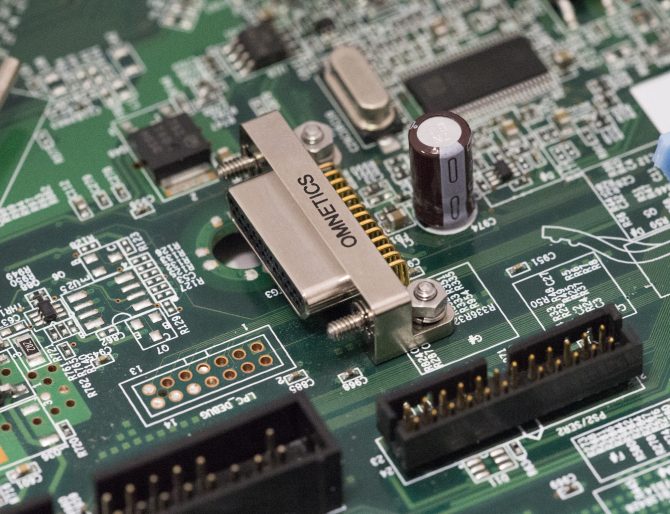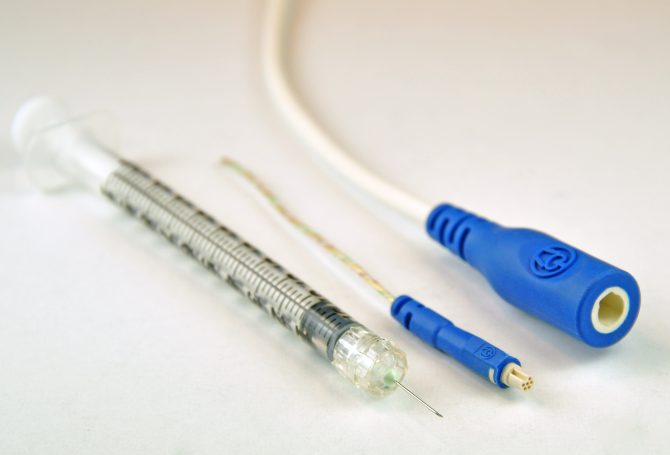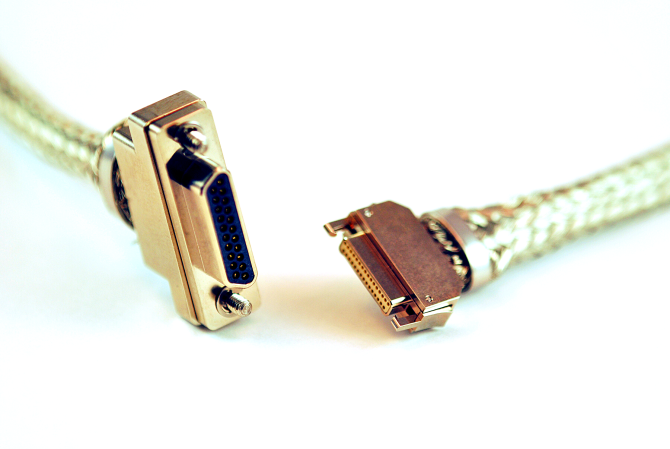
Micro and nano connectors drive interconnect miniaturization
By Omnetics
Electronics Interconnect Engineering Medical Supply Chain connectors Interconnect medical micro nano
Sponsored by Omnetics Connector Corporation
Interconnect miniaturization is becoming more important from aerospace to medical equipment as systems are smaller, lighter and portable. Today’s chip-based equipment offer more process technology, longer battery life, high reliability and rugged design. Aerospace payloads require higher payloads, longer flight times, more signal capability and even deep space mission capabilities.
In deep space programs, the desire to explore drives reductions in size, weight, and power consumption. Designers are challenged to tight packaging, smaller cables and miniature connectors. Designs of new digital circuits require reduced current, lower voltages, and handle more signals.

The older D-Sub miniature connector (@2.54 mm, pitch) has been replaced by micro (@1.27, mm pitch) and then nano connectors (@.635mm, pitch). The result is a new high reliability Nano-D connector family with surface mount style, thru-hole and board mount capability and mate-able to 30 AWG wired connector plugs.
Aerospace Technologies from aircraft sensors to UAV and helicopter guidance demand rugged size reduction and more signal-to-volume ratios. Interconnect systems meet that need with the new metal Nano-D connectors. Nano contacts exceed test requirements specified in Military and NASA specifications for shock, vibration and even pass up to 2000 mate cycles. The Nano-D is also QPL approved to MIl-DTL-32139. As land warrior instruments, photo and image scanning equipment become more miniaturized and portable, the Nano-D connector solves the big problem of needing reduced, size and weight while increasing ruggedness and quality.

Medical Electronic designs have begun the same progression to miniaturization. Medical laser stylus, probes, sensors and catheters often have electronics at the tip of the cable and need miniature connectors that are integrated into the design of the tool’s handles or probe system. In some cases, one half of the connector and cable are designed as disposable, while the other half must be autoclaved or sterilized in some way.
Miniature circular and rectangular connectors are designed to be moulded into the medical device assembly as an integral part of the instrument. These “moulded-in” circular connectors play a key role in early design and development of small connectors in the device designer’s instrument and save development time and money in the new instrument design cycle.

Connector elements meet the same military quality tests specified in aerospace and yet fit well into medical applications to serve a market focused on design ease for the hand-held doctor- to-patient interface. To insure medical quality, cable jacketing is selected for each application, whether it is to feel good to the patient or/and be sterilized after each use. Medical connector final assembly, inspection and packaging is done in clean rooms to insure medical-grade cleanliness. The micro and nano circular connectors are some of smallest, most rugged devices in the industry and are also offered in metal latching shells with panel mount designs as needed.
Miniature and nano-miniature connectors are well established in the high-reliability industries of defense, aerospace and medical electronics markets. Design assistance and specifications are available to the design engineer, as well as quality documents as proof of quality and reliability.
—————————————
Omnetics Connector Corporation
